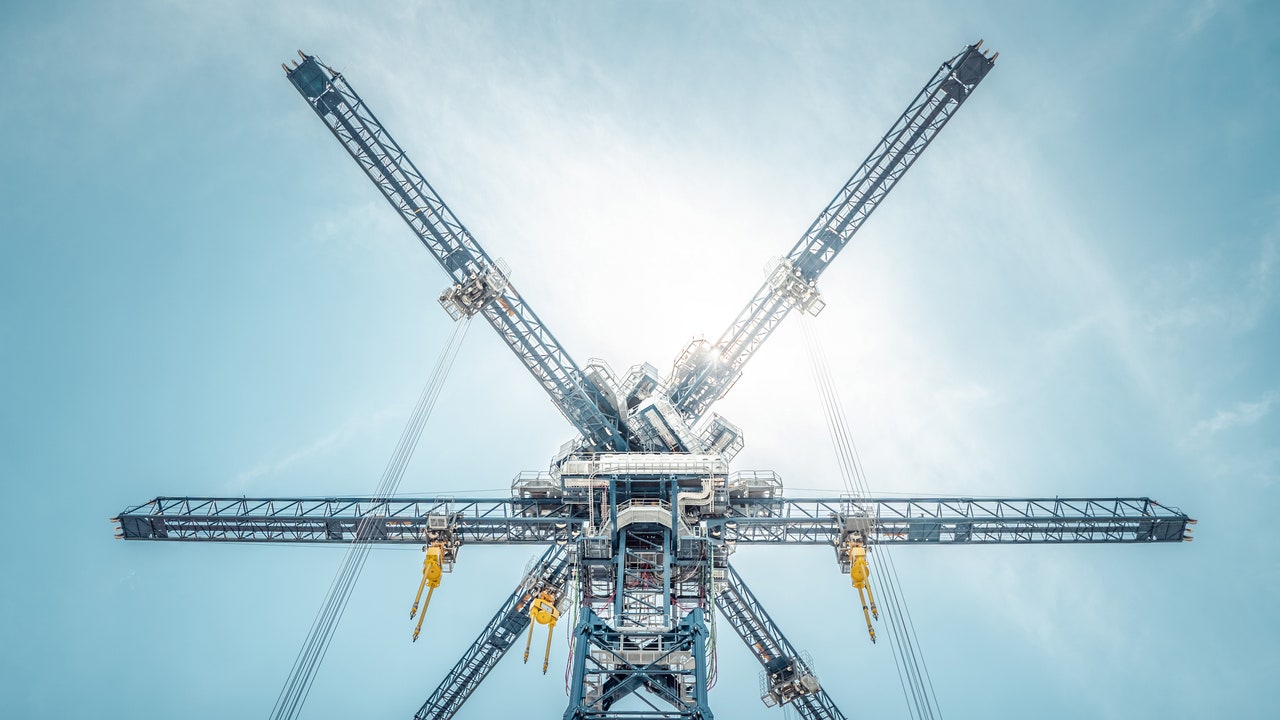The concrete blocks are slowly hoisted upwards by motors powered with electricity from the Swiss power grid. As each block descends, the motors that lift the blocks start spinning in reverse, generating electricity that courses through the thick cables running down the side of the crane and onto the power grid. In the 30 seconds during which the blocks are descending, each one generates about one megawatt of electricity: enough to power roughly 1,000 homes.



Also, the production of concrete releases carbon dioxide from the carbon stored in the minerals. Not different from burning a bunch of fossil fuels.
I know how is made concrete, among others, it is a residue of the blast furnaces from the steel manufacturing or it is also found in nature due to volcanic eruptions, which was already used in ancient Rome for their palaces, aqueducts and the Colosseum, all made of concrete. Anything that is manufactured implies an environmental impact, at least if you do not want to replace all constructions and buildings, your house, with constructions made with bamboo (also this has an impact in the environment). Also the fabrication of eolic generators and solar cells are not “green”. It is a difference between a manufactured object, which involves a certain amount of non-renewable energy for its fabrication for the use of a lot of years, than using non-renewable energy continuously for a lot of years to provide electrical energy.